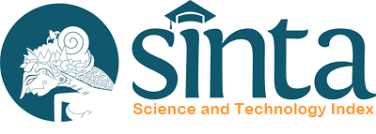Studi Literatur: Hutan Desa Namo Sebagai Hutan Pendidikan Dalam Menuju Sustainable Development Goals (SDGs) 2030
DOI:
https://doi.org/10.24259/jhm.v12i2.11233Abstract
The forest area of Namo Village has good potential to be developed as an educational forest. The utilization of forest conservation as an educational forest area is an alternative for the SDG's 2030 program in realizing social and economic welfare. The purpose of this study was to describe the study of information regarding the planning of the Namo Village forest program as an educational forest through a qualitative descriptive method. Forest area management in Namo Village is adjusted based on the Specific Objectives Forest Area. Forest area policies with specific objectives is a policy that does not create the perception that there is an overlap between those in charge of area management activities, policies that regulate clearly and in detail the technical rules in the implementation of area management, the absence of sectoral egos or institutional egos between respective policy makers. Educational forests are one of the alternatives to developing conservation-based nature tourism areas by utilizing potential resources and involving local communities. Educational forests will become State assets for the special interests of research, education, culture, conservation and local wisdom of local communities, so that the State has an investment in economic progress to support SDG's 2030 programs. Various data and information contained in this scientific paper can be used as reference in identifying needs and planning the location of educational forests in Sigi Regency, Central Sulawesi
Key words:Namo, Forest Education, SDG's 2030












